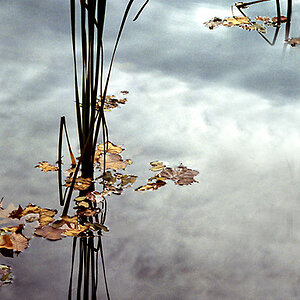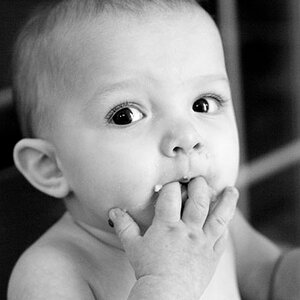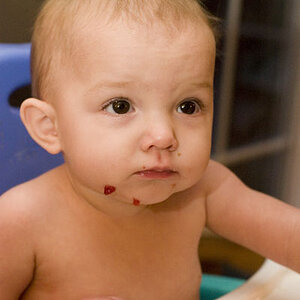nkashyap
TPF Noob!
- Joined
- Oct 1, 2012
- Messages
- 1
- Reaction score
- 0
- Location
- hyderabad
- Can others edit my Photos
- Photos NOT OK to edit
Hi,
I have a situation here..i am a beginner in SLR photography and i usually shoot in RAW using NIKON D5000. Last night i shot a local function in my community and as thr was not enuf light, i had to use ISO 1200 with shutter speed of 60..When i checked the results on camera LCD, the images looked properly exposed and light balance was all perfect.
Today when i transferred these pics to my laptop and opened them in VIEW NX2 to have a look, i was confused..the images were dark..no proper brightness and heavily dark at some parts of the image..i dont understand if the images looks perfectly fine on my camera LCD, why are they lookin so dark and heavily contrasted on my laptop..
Please throw some light on this..
Thanks,
Nishant
I have a situation here..i am a beginner in SLR photography and i usually shoot in RAW using NIKON D5000. Last night i shot a local function in my community and as thr was not enuf light, i had to use ISO 1200 with shutter speed of 60..When i checked the results on camera LCD, the images looked properly exposed and light balance was all perfect.
Today when i transferred these pics to my laptop and opened them in VIEW NX2 to have a look, i was confused..the images were dark..no proper brightness and heavily dark at some parts of the image..i dont understand if the images looks perfectly fine on my camera LCD, why are they lookin so dark and heavily contrasted on my laptop..
Please throw some light on this..
Thanks,
Nishant




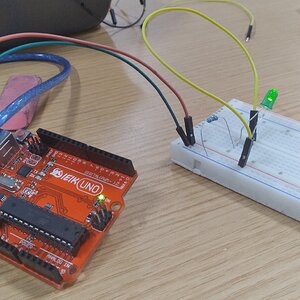
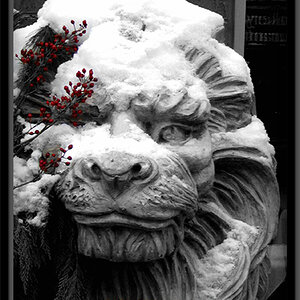
![[No title]](/data/xfmg/thumbnail/33/33362-84aacb865117bf8cba89104b89e9b36c.jpg?1619735927)

